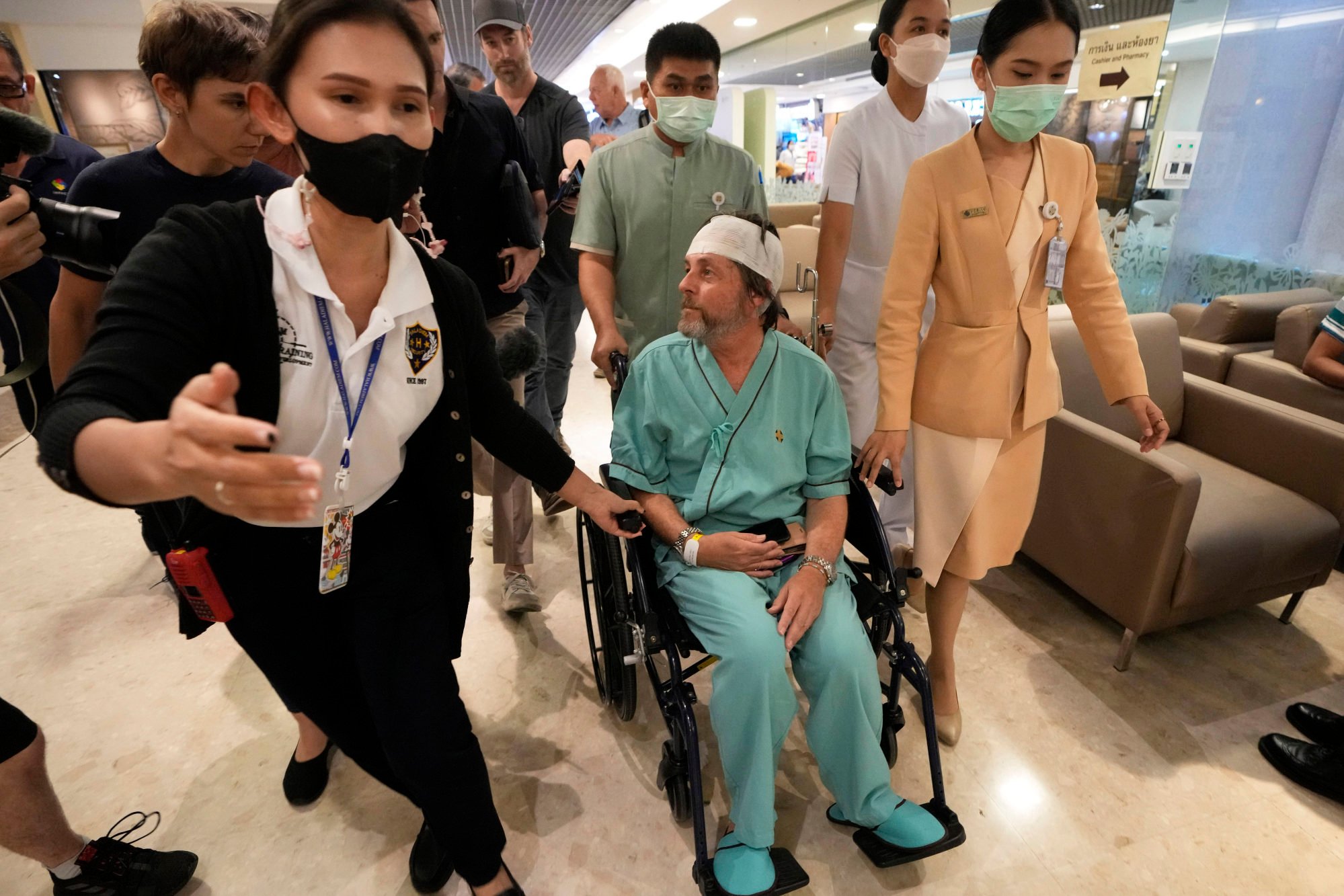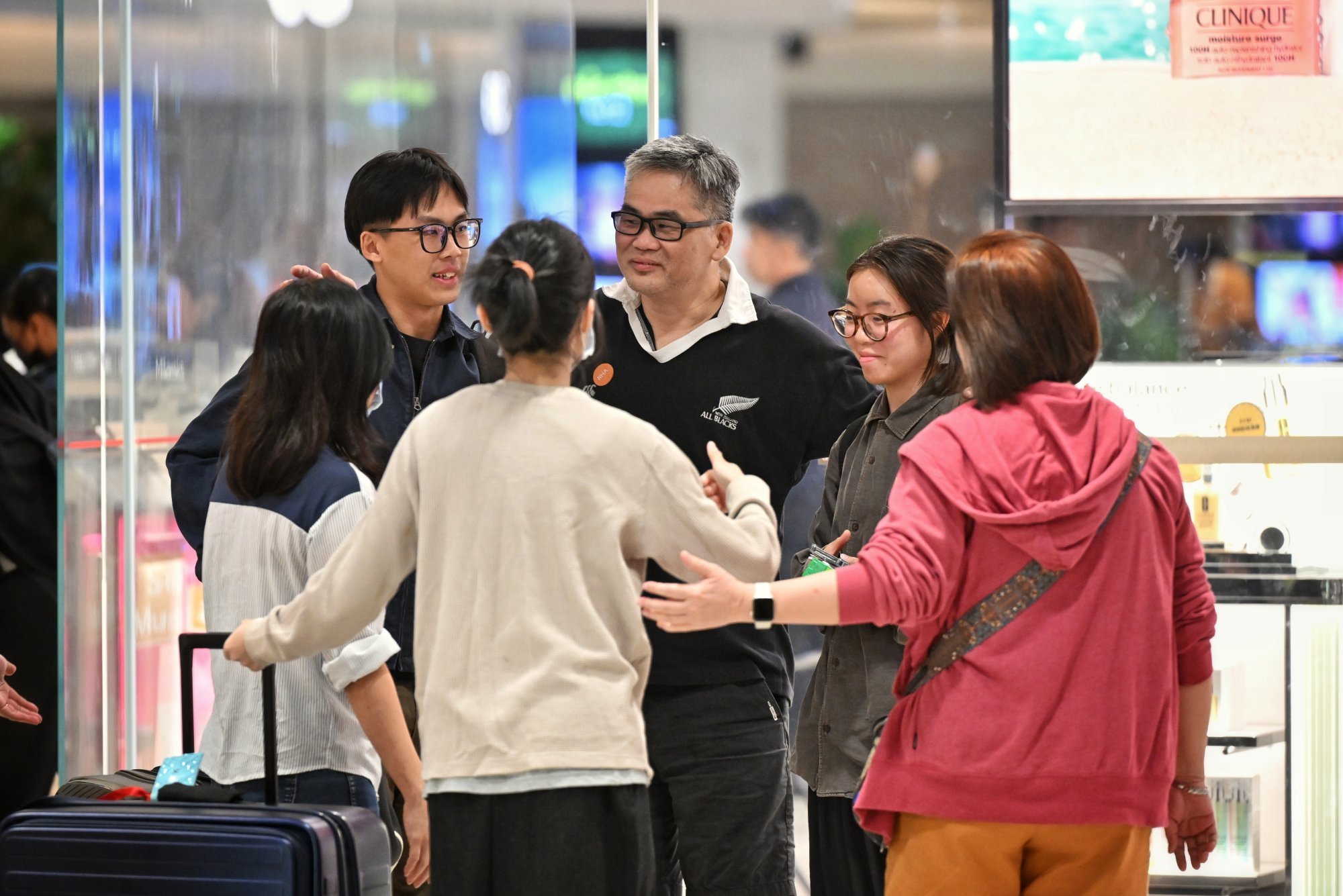Passengers have told media outlets that the turbulence hit almost immediately after the seat belt light came on and those who were not buckled in were thrown in the air, hitting the aircraft’s ceiling before slamming back down. Breakfast was also being served at the time.
Singapore Airlines said on Thursday that following the incident, it had “adopted a more cautious approach to managing turbulence in-flight”, including suspending meal services and having crew members return to their seats and put on their seat belts during an activation of the seat belt sign.
The crew would also continue to advise passengers to return to their seats and secure their seat belts, and monitor customers who may require help including those in the lavatories, the spokeswoman added.

Asked if rules should be tightened for passengers to enforce the wearing of seat belts while seated, chief ground instructor at Seletar Flight Academy Albert Tiong said it was not feasible to do so.
“The travelling public generally accepts that seat belts ought to be fastened during take-off and landing, and whenever the seat belt signs are turned on during turbulence. But to leave them on throughout the flight during cruise is not very practical,” he said.
“This accident, with so much media coverage, already serves as a reminder about having seat belts fastened while seated.”
A Flight Safety Foundation spokesman agreed and said that making seat belt usage mandatory at all times might not be practical and could be difficult to enforce.
“During a flight, particularly a long flight, many passengers will need to get up to use the lavatory, retrieve something from an overhead bin or simply stretch their legs.
“Passengers have a responsibility to ensure their own safety and the safety of those around them but taking practical precautions, like wearing a seat belt as much as possible during a flight,” he said.

A retired Singapore Airlines pilot who spoke to This Week In Asia on condition of anonymity agreed that wearing seat belts was a personal responsibility and said: “Hopefully, with this high profile incident, more people will see the benefits of keeping seat belts fastened while seated.”
Before SIA’s latest announcement, the former pilot said other airlines had also practised the rule that flight attendants had to be seated and strapped in when the seat belt sign was on.
“However, in Singapore Airlines our cabin crew would walk down the aisle to ensure that passengers put on their seat belts and continue to serve.
Singapore Airlines said that as of 8.30pm on Thursday, two of the 18 crew members on SQ321 were in hospital receiving medical treatment in Bangkok, where the flight made an emergency landing on Tuesday.
The spokesman from the Flight Safety Foundation said in certain situations, the fasten seat belt sign would be on for passengers but the cabin crew would be moving around the cabin or preparing for landing as part of their safety duties.
“If turbulence is expected or occurs, the captain will often instruct the flight crew to be seated,” he said.

Seat belt signs are generally meant for passengers as crew members are trained to walk in the cabin during light turbulence, according to Tiong.
“It is up to the judgment of the pilots if they are aware of impending turbulence, the severity of it, and whether to instruct the cabin crew to be seated and belted up,” said Tiong, who has worked in the aviation industry for 22 years.
In an update on Thursday night, Singapore Airlines said 65 passengers and two crew members who were on board SQ321 remained in Bangkok. This includes 46 passengers and two crew members in hospital receiving medical treatment.
BBC reported that more than 20 people who were on the flight were in intensive care with spinal injuries. A two-year-old child was among those in hospital in Bangkok.
Samitivej Srinakarin Hospital said on Thursday night that 41 passengers were still there. Of these passengers, 22 have spinal injuries, six have skull and brain injuries and 13 have bone, muscle and other injuries.
The man who died was identified in media reports as Geoff Kitchen. He is suspected to have died from a heart attack.
Singapore Airlines has had seven accidents in its history, according to the Aviation Safety Network, a database that provides information on airline safety issues and accidents.
The last time a Singapore Airlines accident resulted in fatalities was in October 2000, when a plane crashed on a closed runway during take-off at Taoyuan International Airport in Taiwan, killing 83 of the 179 people on board.

